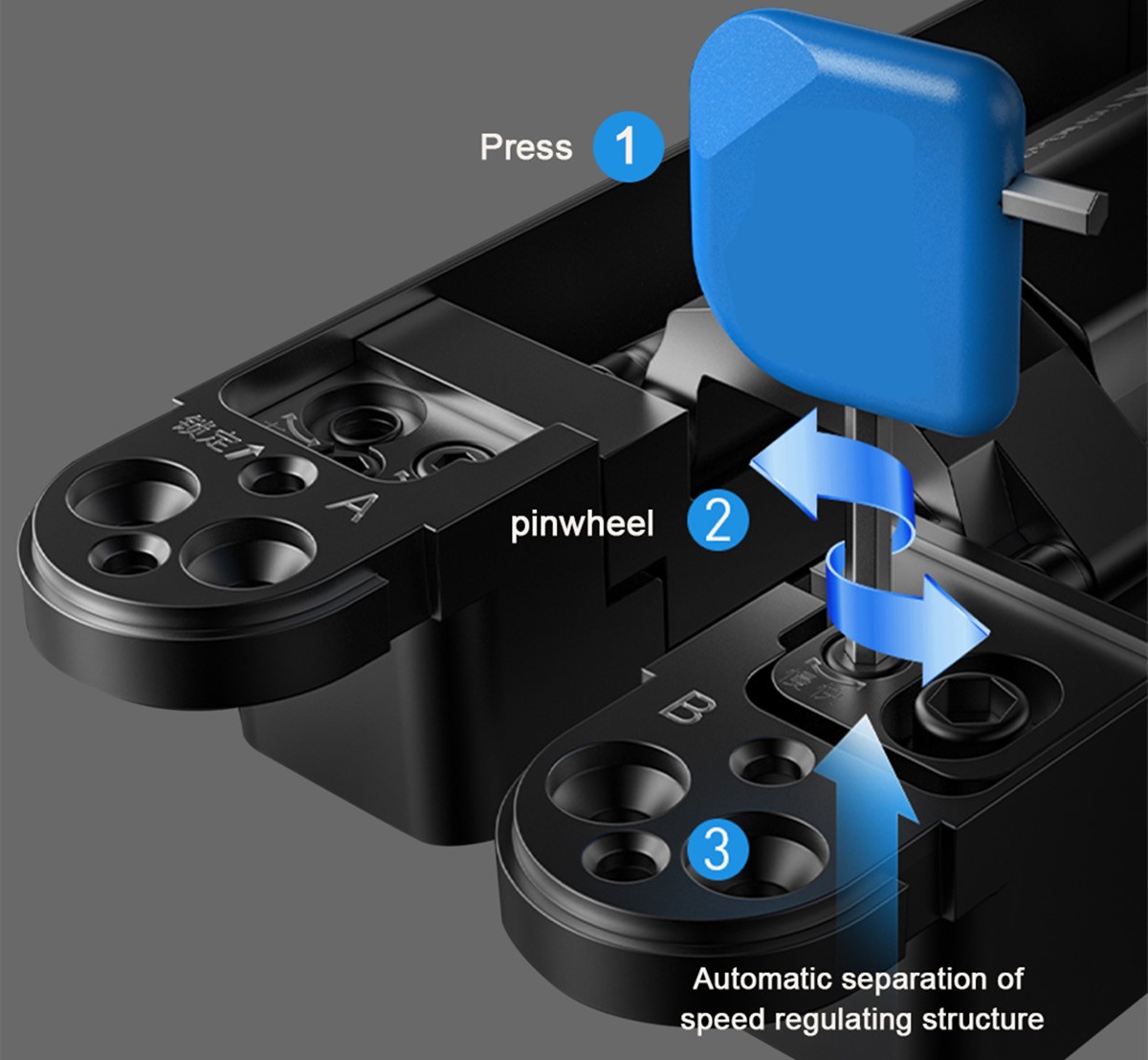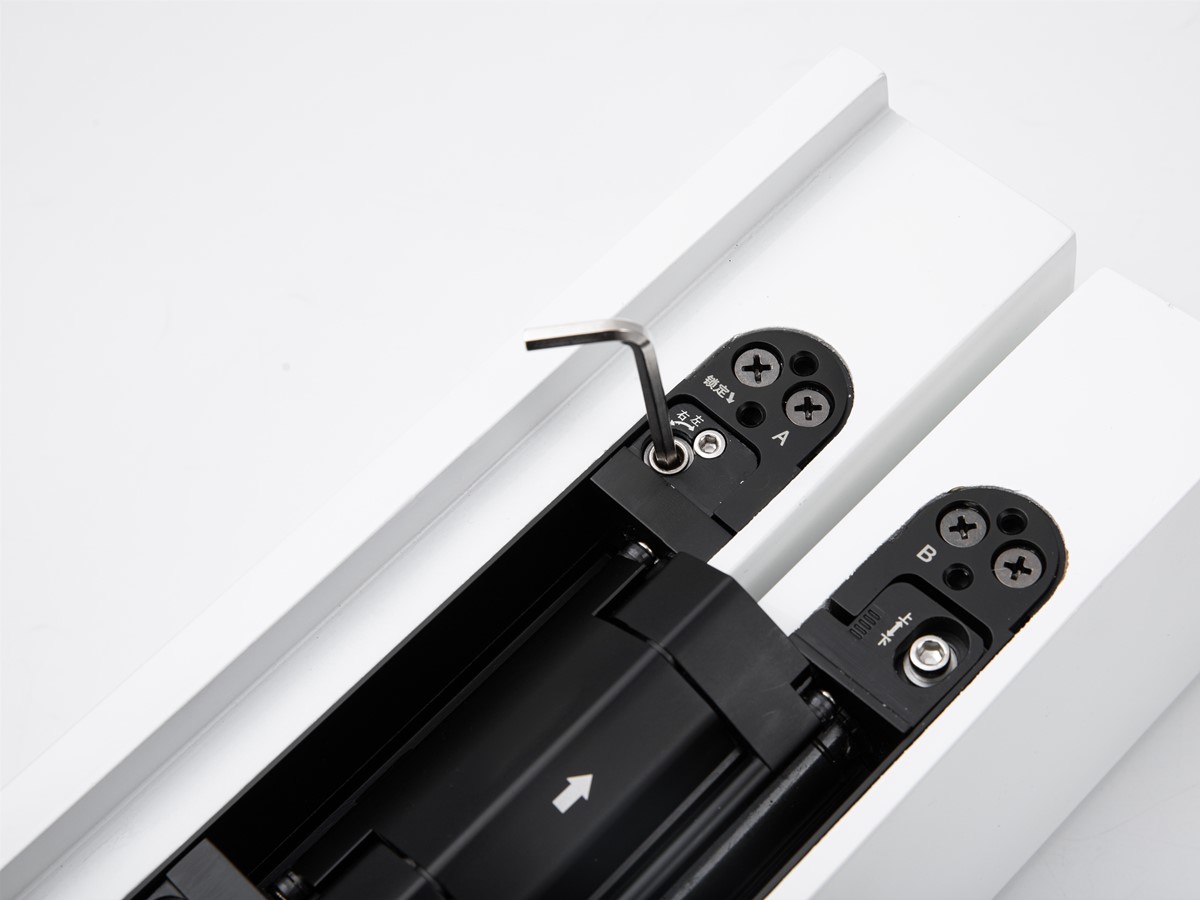Slamminig doors? Learn how to adjust door close speed and closing force with this expert guide from IISDOO. Achieve quiet, secure closure every time.
A door that slams shut or doesn’t latch properly is more than an annoyance—it’s a safety issue. Often, the solution is a simple adjustment. As a factory-direct manufacturer, IISDOO provides this professional guide to help you fine-tune your door closer for optimal performance.
Understanding the Two Main Controls
Most door closers have two adjustment valves:
Swing Speed Valve: Controls the main speed from open to nearly closed.
Latching Force Valve: Controls the power for the final swing (last 5-15 degrees) to ensure the door latches securely.
Tools You’ll Need: Typically, a hex key (often provided with IISDOO closers).
Step-by-Step Adjustment Guide
Scenario 1: Door Slams Too Fast
Problem: The door closes with a loud “bang.”
Solution:
Locate the Swing Speed Valve.
Turn the valve counter-clockwise to slow the speed.
Make small adjustments (1/4 turn at a time) and test the door after each turn.
IISDOO Insight: Our closers feature precision hydraulics for smooth, responsive speed control.
Scenario 2: Door Won’t Latch
Problem: The door doesn’t close completely in the final stage.
Solution:
Locate the Latching Force Valve.
Turn the valve clockwise to increase the power.
Make small adjustments and test until the door reliably latches.
IISDOO Insight: IISDOO closers are calibrated for consistent force, ensuring a secure seal even on heavy exterior doors.
Scenario 3: General Adjustment Tips
Back-Swing: Some models have a third valve for “back-check,” which controls how fast the door opens.
Golden Rule: Always adjust in small increments. A little goes a long way.
Troubleshooting & When to Replace
If adjustments don’t work and the closer leaks fluid, won’t hold the door, or feels loose, it’s time for a replacement. A faulty closer compromises security and safety.
Post time: Oct-07-2025




